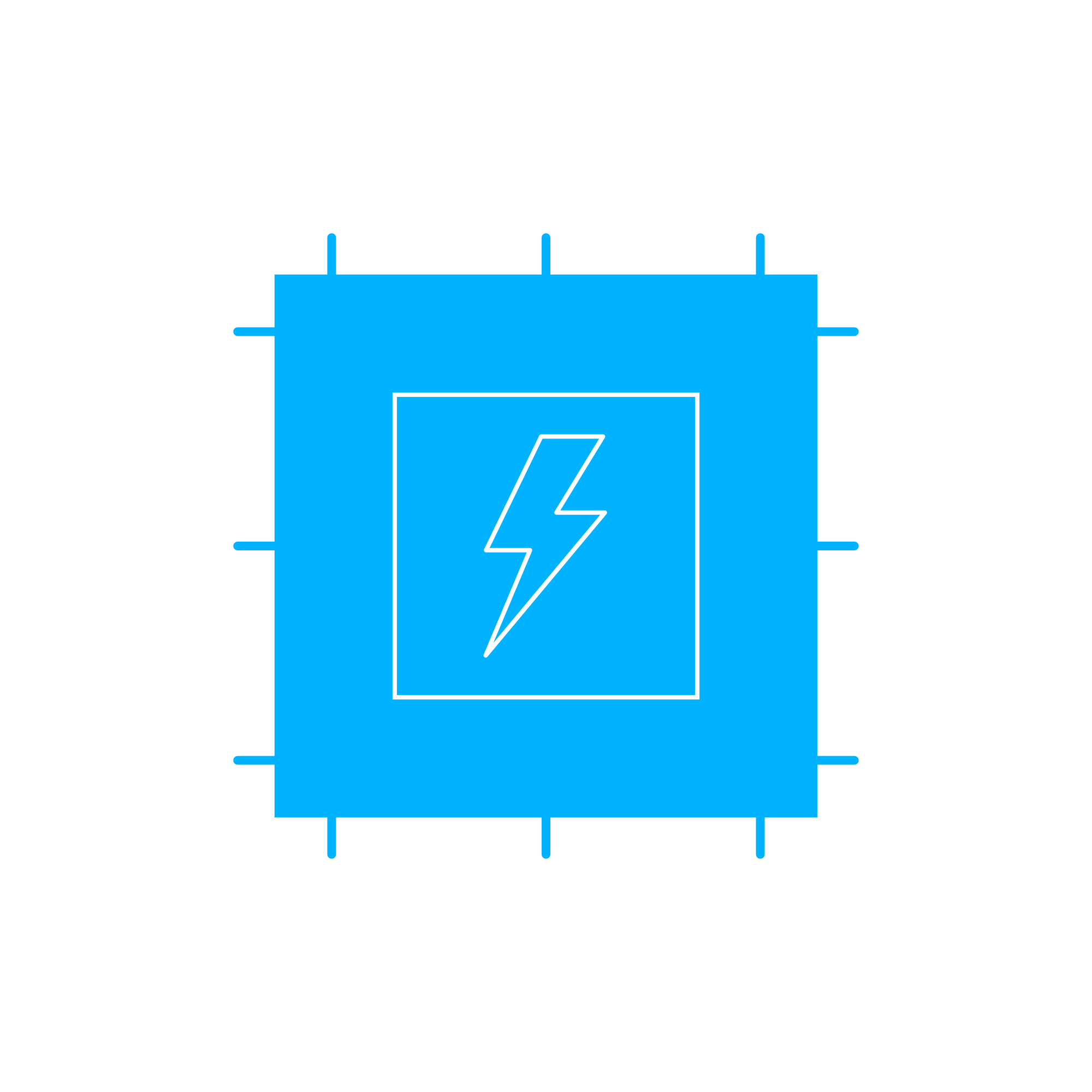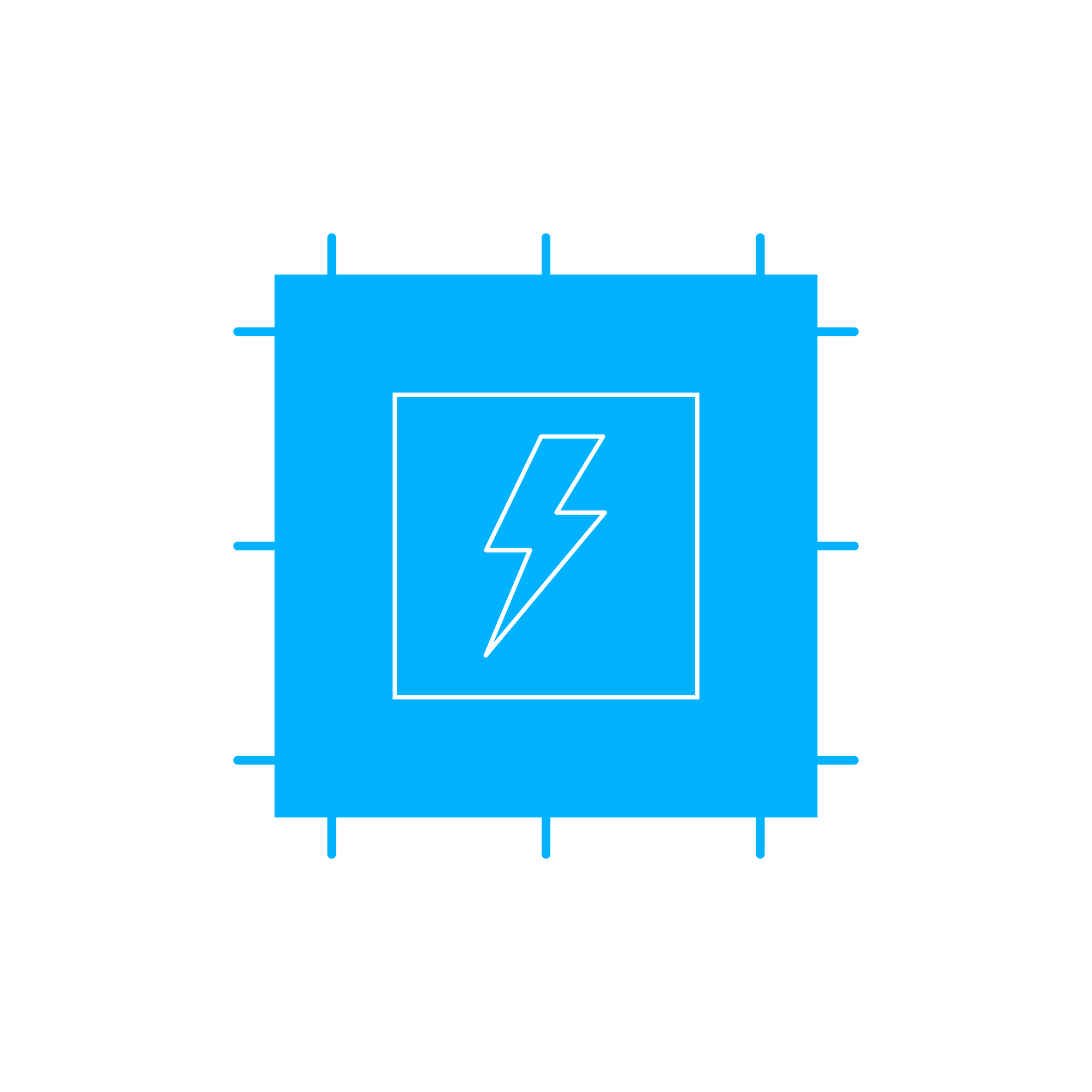ELECTRIC MOTOR electric components and switches for dependable engine control
Electric components and switches form the electrical nerve center of modern propulsion and power-generation systems. In the article category Electric components and switches you will find the devices that distribute power, sense operating conditions, protect circuits, and command actuators in diesel and gas engines. From relays, contactors, and circuit breakers to start/stop switches, speed pickups, voltage regulators, emergency-stop devices, harnesses, and interface modules, these parts coordinate the interaction between mechanical assemblies and control electronics—including the many auxiliary loads driven by an ELECTRIC MOTOR in marine engine rooms and industrial plants.
Whether the application is a marine propulsion set, a diesel engine genset, or a gas compressor package, precise electrical switching and reliable signal integrity are essential. Properly engineered components ensure stable cranking, consistent fuel and air management, fault-tolerant shutdown logic, and safe distribution to pumps, fans, and actuators. Their quality directly influences performance, efficiency, and crew safety in harsh environments characterized by vibration, heat, humidity, and conductive salt mist.
ELECTRIC MOTOR control in diesel engine and marine engine applications: technical function
Electric components and switches govern how power and data move through the engine’s electrical architecture. Low-voltage distribution (commonly 24 VDC) feeds ECUs, governors, sensors, and solenoids, while AC circuits (110–230 VAC or higher) supply starters, heaters, and ELECTRIC MOTOR auxiliaries. Contactors and relays switch inductive loads; circuit breakers and fuses provide selective protection; surge suppressors and snubbers limit transients; and emergency-stop chains ensure an immediate, safe shutdown path. Speed pickups, pressure and temperature sensors, and level switches convert mechanical states into clean electrical signals for the controller. Voltage regulators stabilize alternator output, preventing overvoltage events that can endanger electronics and variable-frequency drives for auxiliary motors.
In start sequences, robust solenoids and high-conductivity switches limit voltage drop, achieving the cranking speed required for rapid, smoke-free ignition. Interlocks prevent back-feeding and inadvertent restarts. In continuous operation, properly rated switchgear minimizes I²R losses, maintains low contact resistance, and resists arcing, which protects both efficiency and uptime. Electromagnetic compatibility is addressed with shielded harnesses, twisted pairs for sensors, and filters per IEC/ISO standards to reduce EMI that could reset control modules. When specified as ELECTRIC MOTOR OEM parts, these components match coil voltages, trip curves, connector geometry, and communication protocols (e.g., CAN bus, Modbus) used in marine engine panels and auxiliaries, simplifying installation and commissioning.
- · Stable power distribution with low voltage drop.
- · High switching endurance for inductive loads.
- · Arc suppression and selective protection.
- · Vibration- and temperature-rated construction.
- · Sealed connectors and IP67/IP69K options.
- · EMC-compliant cabling and filtering.
- · Clear diagnostics: status LEDs, test points, labeling.
- · Class-ready designs for marine engine environments.
- · Plug-accurate fit with OEM controllers and harnesses.
Why Electric components and switches are critical for reliable engine operation
Reliability and service life depend on consistent electrical behavior under stress. Worn contacts increase resistance and heat, causing slow cranking, voltage drops to the ECU, and nuisance resets. Corroded terminals or saturated gaskets introduce intermittent faults that are difficult to trace, leading to unexpected shutdowns. Incorrect breaker characteristics can trip under harmless inrush, while inadequate arc suppression damages coils and driver transistors. Sensor drift skews fuel and air controls, harming efficiency and emissions. In marine engine spaces, salt-laden air accelerates corrosion; only sealed switches, tinned conductors, and marine-grade insulators maintain long-term integrity.
Failure modes often escalate: a weak voltage regulator can overshoot and stress control modules; a mis-specified contactor may weld shut during a fault; an E-stop device with poor ingress protection may stick just when it is needed most. Proper component selection—ratings for ambient temperature, short-circuit capacity, utilization categories per IEC 60947, and shock/vibration per IEC 60068—prevents these scenarios and preserves the engine’s designed performance envelope.
Advantages of OEM spare parts suitable for Electric components and switches
OEM spare parts maintain the electrical and mechanical specification the system was engineered around. Coil resistances align with driver capability, ensuring cool operation and clean actuation. Trip curves and let-through energy are matched to upstream/downstream devices, preserving selectivity and limiting collateral damage. Connector keys, pin assignments, and harness lengths fit exactly, eliminating adaptation risks and installation delays. Materials—tinned copper, stainless hardware, and flame-retardant polymers—deliver stable performance in heat, oil mist, and salt spray.
For performance, correctly calibrated sensors and regulators stabilize control loops, improving fuel economy and load acceptance. For reliability, endurance-tested switches and relays reduce unplanned stops and protect the ECU from voltage sag and spikes. For budget control, predictable service intervals, shorter commissioning time, and fewer repeat failures drive down the total cost of ownership. For service life, contact plating thickness, sealing geometry, and verified thermal profiles keep resistance low and temperatures within design limits, protecting the entire electrical system.
When sourcing ELECTRIC MOTOR OEM parts for diesel engine auxiliaries—such as VFDs for cooling fans or contactors for lube-oil pumps—choosing the specified component avoids derating surprises, harmonics issues, and EMC noncompliance that could propagate faults across the control network.
MOPA: fast, secure supply of OEM parts for ELECTRIC MOTOR components and switches
MOPA is an experienced and reliable partner for OEM spare parts in the category Electric components and switches. We focus on speed, quality, and security in the trade of OEM parts for diesel and gas engines—covering relays, contactors, circuit breakers, E-stop devices, governors, voltage regulators, sensor suites, terminal blocks, interface modules, harnesses, soft starters, and VFDs for ELECTRIC MOTOR auxiliaries. Our global network, controlled logistics, and clear documentation support time-critical dockings and remote power sites alike.
With application-driven selection support, cross-referencing by part number, and compliance packs on request, MOPA helps purchasers and technical teams standardize fleets, reduce downtime, and maintain electrical integrity. Every shipment is handled with attention to traceability and packaging protection, from engine-room spares to complete panel kits.
ELECTRIC MOTOR diesel engine and marine engine coverage
From propulsion and genset control cabinets to pump skids and HVAC drives, MOPA supplies components sized and rated for real-world duty cycles, ambient extremes, and classification requirements typical of marine engine installations and industrial power systems.
Conclusion: ELECTRIC MOTOR switching and control components that keep engines online
Electric components and switches are central to safe starting, precise control, and efficient operation of diesel and gas engines, including the many auxiliaries driven by an ELECTRIC MOTOR marine engine setup. Selecting OEM spare parts suitable for Electric components and switches preserves specification, reduces downtime, and extends system life. Partner with MOPA to source the right OEM parts quickly and securely for consistent performance across your fleet.



